Conjointly moving forward with Technology
Serving since 28 Years in providing complete IT Solutions depending on the customer needs and requirements. We deliver much more than just technology.
Project Consultation
Our consultants can guide you through the selection and procurement of technology, as well as provide training and support for system implementation, operations and/or maintenance.
Software Development
With 50+ applications successfully delivered which including native, hybrid, and cross-platform. Aarkay IT Solutions offers you a creative and responsive Software which suits our clients’ requirements.
IT Infrastructure Management
Your IT infrastructure is expected to keep pace with digital diversity and new approaches while keeping an eye on legacy investments, cost pressure and rising customer expectations.
Bringing technology at your fingertips
Serving since 28 Years in providing complete IT Solutions depending on the customer needs and requirements. We deliver much more than just technology.
In more ways than one, Aarkay is a one-stop-shop for a company’s complete business needs.
Contact us
The Go-To Source For Exemplary Service
Our services and solutions are diversified. Merging them of all brings forward a unique and valuable offering in business enhancement.

Our Products
Committed To Products Excellency
- Process-driven technology solutions
- Android-based applications
- Barcode-based Material Tracking System
- Warehouse Management System
- Dispatch Management System
- Retail Outlets & Distribution Solution
Here are our services
We deliver clients with innovative, process-driven technology solution which can help them to enhance business productivity, thereby enabling clients the opportunity. This will result into true cost savings in their unique operating environment.

Barcode Solution & Service Provider
We had tied up with product brands like as panache, zebra, Honeywell, sato to provide customer services for barcode

Vision Systems & Industrial ID Readers
We do system integration and automation along with these readers and vision system.

Customised Software & App Development
Android Studio Web based Development tools. Microsoft Visual Studio Smart Office System

IT Infrastructure and Management
We design IT Infrastructure, deploy solutions and manage infrastructure.
Our Trusted customers
Creative organizations that excel in producing first-class content





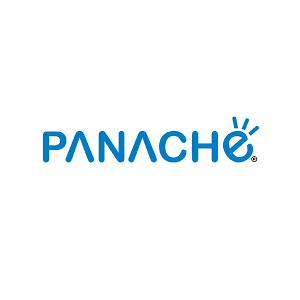








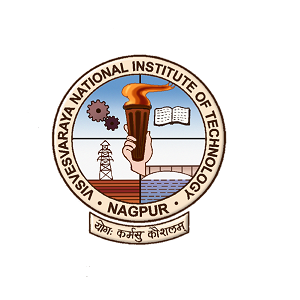
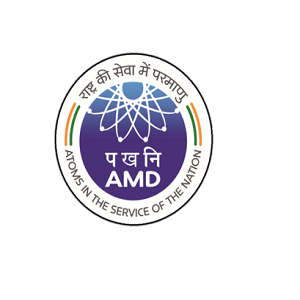


Our Trusted Partners
Creative organizations that excel in producing first-class content

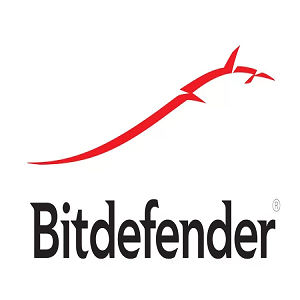


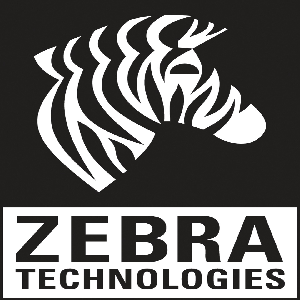


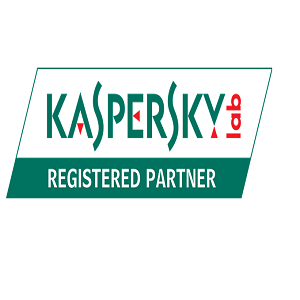





Contact us
We would love to hear from you, weather you are curious about some product, service or operation, we're ready to answer any and all questions
